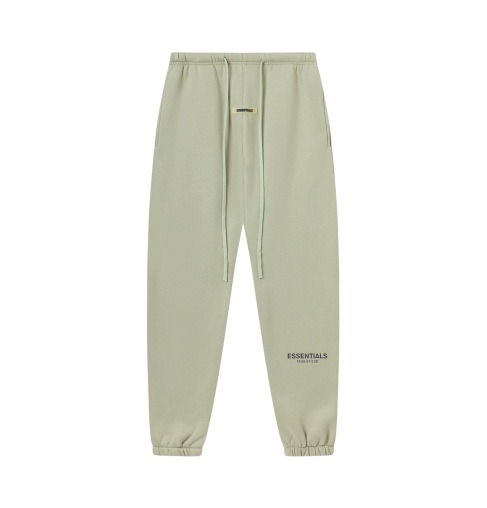In the modern and hectic food and packaging sector, custom greaseproof paper that is printed has become a revolution for companies that are keen to combine functionality and ipresentation It can line pastry boxes and wrap gourmet sandwiches, and, because of its multi-purpose characteristics, it not only preserves the quality of the food but also promotes brand recognition.
The trick, though, is striking a balance between design and technical performance, tackling especially the incorporation of lamination techniques that make it an effective one. Knowledge of the greaseproof paper, its interactions with lamination processes, may help improve hygiene, branding, and customer satisfaction in business establishments. This practical guide discusses the main points in the production of greaseproof papers of good quality with the best lamination techniques.
Purpose of Greaseproof
Greaseproof paper is used as surface protection against oil, grease, as well as moisture absorption. It is mostly common with food service purposes, where presentation and cleanliness take the center stage. This paper can be applied to wrap bakeries, fried snacks, or burgers and make them look nice while keeping the wrapping clean. It can be handled due to its non-stick surface, which causes minimal mess, hence applicable in dine-in, takeaway, and delivery restaurants.
Advantages of Customization
The option of customization transforms the simple wrapping process into a branded event. Using the customized greaseproof paper in Canada or elsewhere, companies insert their logos, patterns, and selling messages onto the sheet. This forms a uniform brand image and enables the customer to know where they are getting their meal just by looking at the brand image. The visual reinforcement is used in restaurants, cafes, and bakeries, and increases the professional attractiveness and assists in dealing with repetitive customers due to the unobtrusive packaging.
Value of Lamination
Lamination provides a protective cover to the ink print of the greaseproof paper, protecting it against tears, water, and warmth. This additional layer would not affect flexibility or foldability, but would increase the hardness of durability in a situation of food contact. It is also a surface that is easier to print onto to guarantee vibrant smudge smudge-free color that lowers the storage, transport, and service costs. This assists enterprises in maintaining quality standards and conserving waste.
Lamination Types
Greaseproof applications lamination is made in several ways. Graphics are vibrant on glossy lamination, great when printing bakery and desserts. Matte lamination creates a more mature, sophisticated look, which is preferable in high-end packaging. Other green brands use biodegradable lamination film. Your selection type is based on aesthetic expectations, food types, and environmentally-based priorities, with every type having its unique mix of performance and style.
High-Quality Printing
The definition and color targeting of modern printing technologies is one of the prominent features of custom-printed greaseproof papers that can be used as a sheet of paper. Flexographic and digital printing enable sharp images with individual designs on bulk or small quantities. This means that we have resorted to printing in full color or black and white, high-resolution graphics combined with food-safe ink, creating elegant, professional results. Short-run printing allows flexibility and creativity for short campaigns in either seasonal or promotional campaigns.
Wholesale and Bulk Choices
Greaseproof paper wholesale sources are very convenient to businesses that may be venturing into expansion. Bulk buying is effective in terms of cost; however, er good quality is sustained. The size, roll length, and GSM thickness can be customized in a large range of culinary applications since wholesale suppliers carry a wide selection of the same. Whether it is a deli shop, bakery, food truck, or franchise chain, a stable wholesale supplier makes it possible to offer continuous services and sound brand representation in each spot.
Practical Applications
The applicability of greaseproof paper cuts across a wide selection of foods. It is applied in lining baskets, hot sandwich wraps, delivery of baked goods, and charcuterie layers. It comes in the form of a greaseproof paper bag, which adds convenience and beauty to bakery products, and can therefore be displayed directly to customers. Such diversity enables it to fit in many serving methods without compromising food hygiene and presentation, and thus, in food service premises, it is unavoidable.
Sustainability Considerations
With a rising concern for the environment, the producers are switching to sustainable materials in the production of custom printed greaseproof paper. There are numerous alternatives available now that contain a biodegradable finish, a recycled paper writing surface, and may also be composted. Other benefits of companies implementing eco-friendly solutions include the fact that such companies will have a smaller carbon footprint, and at the same time, they will garner support among environmentally conscious consumers. Provision of sustainable packaging will result in increased brand value and commitment of a company towards being responsible in terms of food safety and environmental protection.
Conclusion
When it comes to custom greaseproof paper and careful lamination, selecting the right materials is paramount to achieving the perfect balance between function and style. Every detail of paper making is essential in shaping the customer experience, whether it’s for improving food safety or enhancing brand identity through premium custom boxes with logo. When combining the appropriate material, print quality, and lamination type, businesses will be able to show food in a manner that will be clean, attractive, and memorable. Greaseproof paper is ideal when you want to establish your bakery/café packaging to stand out or make a startling difference whenever it is applied in large volumes.










